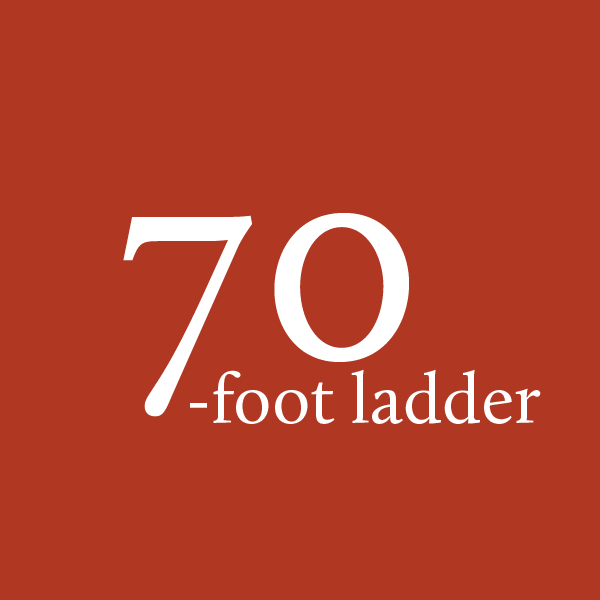
INTERVIEW BY ELLEN HEYN
Most people fly past the turnoff to Navajo National Monument at 70 mph heading to or from Monument Valley. But Merv Yoyetewa, a Hopi tribal councilman from Mishongnovi, Arizona, makes the turn once or twice a year to visit the cliff dwelling where his ancestors once lived. For Merv, the 17-mile roundtrip hike to Kawestima (more commonly known by its Navajo name, Keet Seel) is a pilgrimage that grounds him in place and time. Here, we find out from Merv why his annual trip is good for the soul.
I’d heard about the 1906 split at Oraibi, where the village divided into progressives and traditionalists who had different ideas on modern cultural influences. They had a shoving match; the traditional people lost and had to leave the village. They were planning to return to Kawestima, where our ancestors once lived, but made it as far as what today is called Hotevilla.
By talking to some older folks I found out that Kawestima was located in Navajo National Monument. I did the research, got the necessary permit, and hiked into Kawestima for the first time in 2008. I think I’ve been there a total of nine times now.

When I first saw the alcove, which stands 70 feet above the ground, I was floored. It was amazing to see this place and think about how much work was put into establishing this village. The first thing I thought of was the hardship these people went through to build this place where they lived for a very short period of time, only about 50 to 60 years. It was pretty emotional for me.
When you visit the place, you take the tour, go back to your campsite, relax, and absorb all of the activities that happened there. You look at what the people who lived there had to do compared to our daily gripes. Compared to what they experienced, our life is easy!
I think the eight-mile hike in deters people. They say, “I’m not hiking eight miles in, 16 miles roundtrip!” But it’s what keeps you healthy. Hopis believe that you should remain active, and going out to these places is a way of staying strong, healthy, and young at heart.
To me, it rejuvenates my connection to the place because my ancestors lived there. Not only did Hopi people live in the area, but my clan—the snake clan—lived at Kawestima as indicated by the petroglyph that’s on the wall.

Includes living spaces, granaries, storage rooms & kivas.

Required climb to reach the alcove

Period of occupation

Amount of water you need to carry for the two-day hike
During one of my visits, the ranger kept saying, “they lived here, they built this, they, they, they.” So I asked the ranger, who is “they”? And he replied, “the Puebloans.” So I asked, “Why don’t you say that?” People need to know the facts. And the facts are that the Puebloan people lived there. And the Puebloan people are Hopi.
According to members of my family, my clan did not live here in the early days. We migrated from down south in Peru and established residency in the area commonly known as Navajo Mountain. You see a lot of my clanship symbols around Navajo Mountain, Inscription House, and Kawestima. From there, they continued migrating south and then eventually came back toward the Hopi mesas.
I’ve seen them down along the Sedona area, Camp Verde. And I’ve heard they’re as far south as Springerville, Arizona. I’ve also seen them at Mesa Verde.
My people were here, my ancestors were here, my clan was here. It’s a reminder to not take things for granted. This is how they lived. We can hopefully appreciate how much hardship every clan faced. It’s a reminder that we were there, and we still exist today.
 Communications & Outreach Associate Ellen Heyn hikes and writes for the Colorado Plateau Explorer.
Communications & Outreach Associate Ellen Heyn hikes and writes for the Colorado Plateau Explorer.

Also in this issue:
Testament to a great conservation law and the resilience of Indian tribes. Read now ›